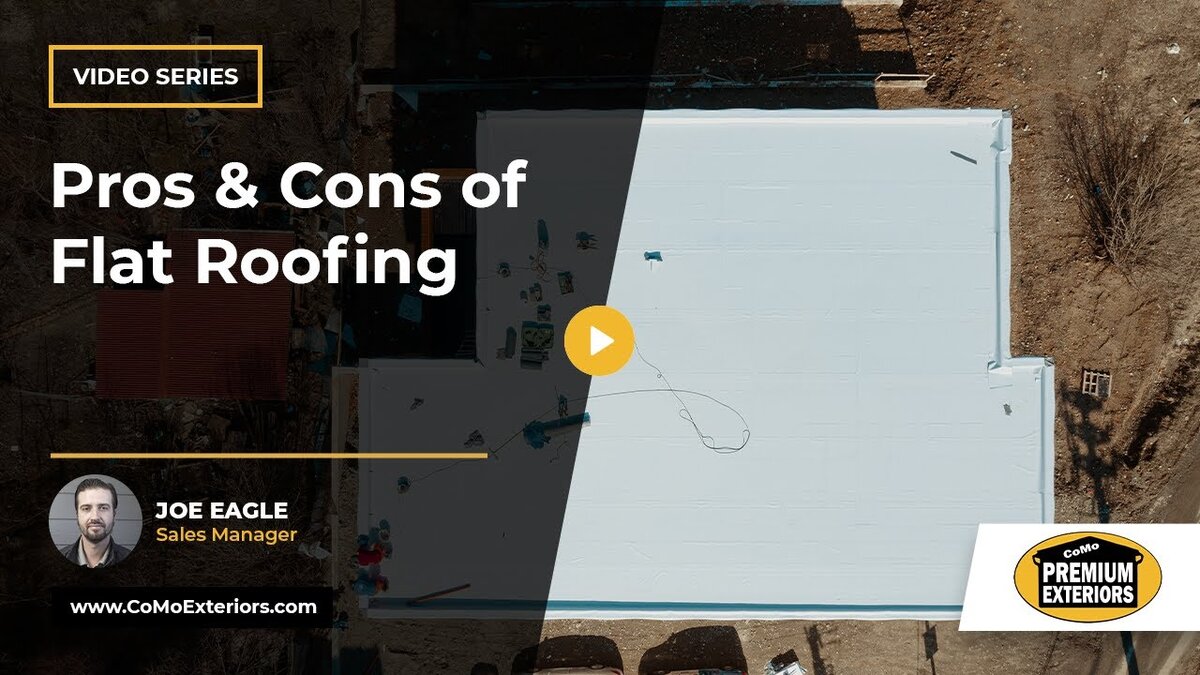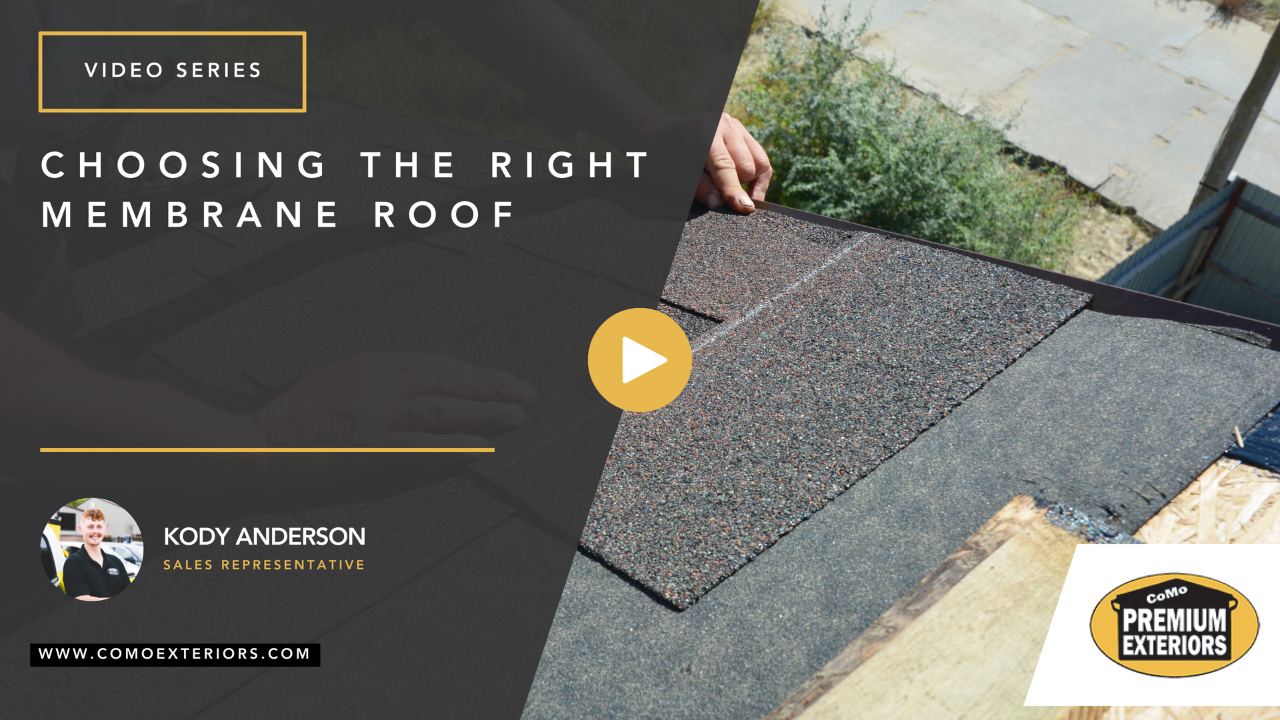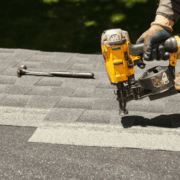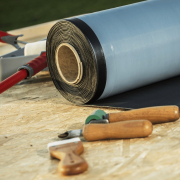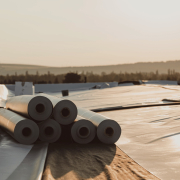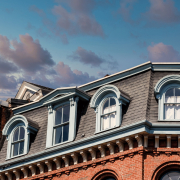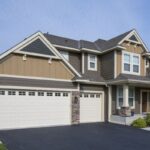What are the Pros and Cons of Flat Roofing?
Flat roofing is a popular choice for many building structures, especially in commercial settings. However, it’s crucial to understand the advantages and disadvantages associated with this type of roofing to make an informed decision. In this blog post, we’ll explore the pros and cons of flat roofing.
What is Flat Roofing?
Before diving into the details, it’s essential to understand what flat roofing entails. Contrary to its name, flat roofs aren’t entirely flat. They have a slight pitch, allowing water to shed off the surface and away from the building’s foundation. This feature is essential to prevent water accumulation, which can cause significant damage to the structure. Flat roofing is found in both commercial buildings and residential homes, depending on the building’s architectural design.
The Advantages of Flat Roofing
1. Maximizes Space
One of the most significant advantages of flat roofing is the ability to maximize space. Commercial entities often utilize this additional space for storage, placing equipment such as air conditioning units, and other utilities.
2. Accessibility and Maintenance
Flat roofs are relatively easier to access and walk on compared to sloped roofs. This accessibility makes maintenance tasks, like cleaning and repairs, more straightforward.
3. Water Shedding for Low-Pitch Surfaces
While traditional roofing materials like asphalt shingles or metal roofs may not be suitable for low-pitch surfaces, flat roofing systems are designed to shed water effectively, even on surfaces with a lower pitch.
4. Longevity
When maintained properly, flat roofs can offer extended longevity. Regular cleaning and maintenance, especially in areas with diverse weather conditions, can ensure that the roof lasts for a long time.
The Downsides of Flat Roofing
1. Potential for Water Penetration
One of the primary concerns with flat roofing is the potential for water penetration. It’s crucial to ensure that there are minimal penetrations in the roofing system to prevent leaks.
2. Proper Installation is Crucial
The effectiveness of a flat roof largely depends on its installation. It’s vital to ensure that the roof was installed correctly from the outset. Any oversight during the installation process can lead to significant issues down the line, including leaks.
3. Cost Implications
Flat roofing systems, especially those using materials like EPDM rubber roofs or TPO (a PVC membrane), can be more expensive than traditional roofing materials. The cost can vary depending on the specific system and materials chosen.
4. Diagnosis and Repairs
If issues arise, diagnosing problems on a flat roof can be more challenging. It’s crucial to have professionals assess the situation to identify and address any potential problems.
Choosing the Right System and Installer
When opting for flat roofing, it’s essential to select the right system tailored to the building’s specific needs. Products like flintlastic, certainteed, or mule hide are popular choices in the industry. Equally important is ensuring that the installer is certified and experienced in installing the chosen system. A cohesive system that aligns with the building’s structure is crucial for optimal performance.
Conclusion
Flat roofing offers several advantages, from maximizing space to its suitability for low-pitch surfaces. However, potential challenges, such as water penetration and the need for proper installation, cannot be ignored. If you’re considering flat roofing for your building, weigh the pros and cons carefully. And if you have any questions or need expert advice, don’t hesitate to contact us. We’re here to help.

